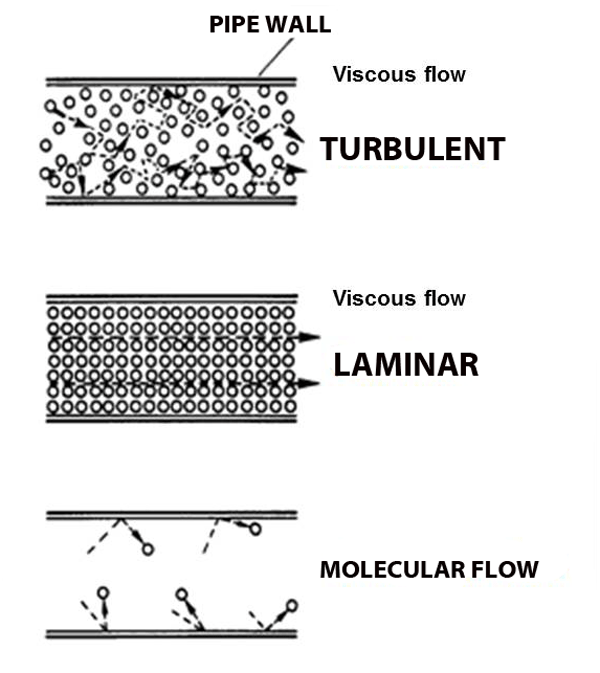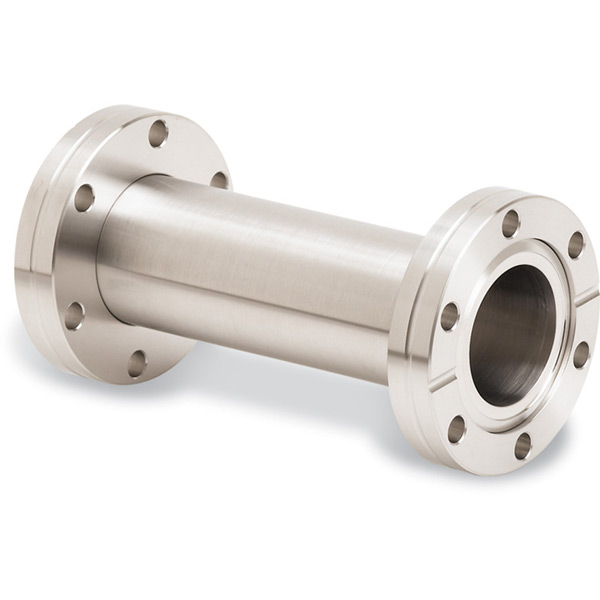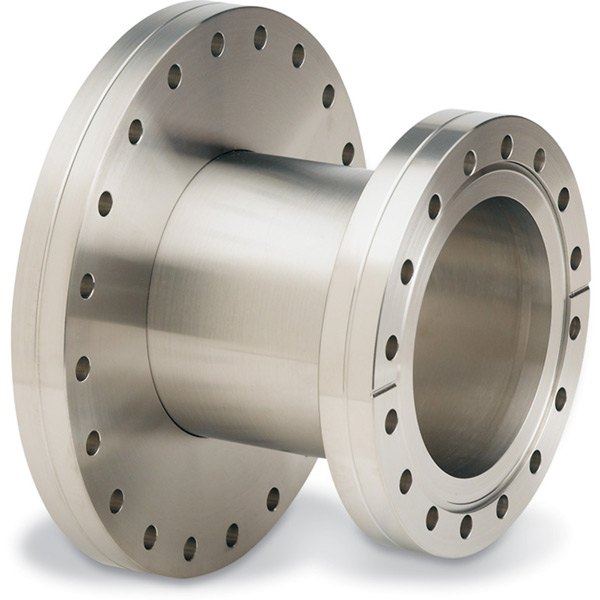| Table of Contents |
|---|
let's start zoomed out and oversimplified:
Atoms
Atoms, totally a thing! they're small. really small. a million of them fit across a single human hair. tiny, but they still take up space.
...
they often like to group up with other atoms to form molecules.
Gasses
Hey so gasses exist. You're breathing some right now.
...
BUT: the number of molecules in a room depends on the pressure of the gas in the room: fewer molecules = lower pressure.
Gas Pressure
When a gas molecule bounces off of something it pushes on that something. If that something is another gas molecule that other molecule goes flying off. If that something is much bigger, for example a metal box, the molecule will push on the box just the same, but the box will hardly budge, it's way too big.
...
Now what happens if we remove, instead of add, molecules? Vacuum.
Vacuum
When the pressure in the box is lower than the air around us, we call it a relative vacuum.
...
Now getting into nitty gritty
details and definitions
mean free path
The average distance that a gas molecule can travel before colliding with another gas molecule is called the mean free path.
...
as pressure drops, mean free path increases, because there are less molecules to run into. this effects the behavior of gasses.
Behaviors of gasses
Viscous flow
Under normal atmospheric conditions-- gas molecules are constantly running into each other (short mean free path) and bouncing off.
...
But what happens when the pressure gets so low that molecules hardly run into each other? Molecular flow.
Molecular Flow
When a molecule is more likely to hit a chamber wall than it is to hit another molecule the gas starts behaving in strange ways: wind does not blow and pumps cannot suck. We call this behavior molecular flow (see figure above).
...
Now, onto the machines that care so much about gasses and their behaviors: Vacuum chambers
Vacuum Chambers
The Chamber itself
just a box for holding nothing.
...
like tubes
or pumps
Pumping
So if a pump can't pull air after gasses enter molecular flow, how can pressure be dropped any lower? If the pumps don't suck, what do they do? They trap. Like the goal on an air hockey table traps the puck when it flies in.
So how likely is a molecule to fly into a pump-trap? That depends on how big the pipe is leading to the pump.
Conductance
Molecules will fly through only as fast as the tube allows. A long/narrow pipe restricts that flow more than a wide/short pipe. That rate of flow is called the tube's conductance; the wide/short pipe has the higher conductance of the two.
...
And besides, that pump that can pump so very much won't even work under viscous flow; it might even break. (too much detail?)
different pumps for different pressures:
When we want to get to really low pressures (which, at SLAC, is most of the time) we use layered tiers of pumping (Fun Fact: for similar reasons we have to use layered tiers of pressure gauges as well)
for more details on this, see the confluence page dedicated to vacuum pumps. and for that matter, the one on gauges too.
Pressure, revisited: this time it's chambers.
Partial pressure
So gasses mix. How does mixing gasses change pressure? The pressures add up. For example:
...



